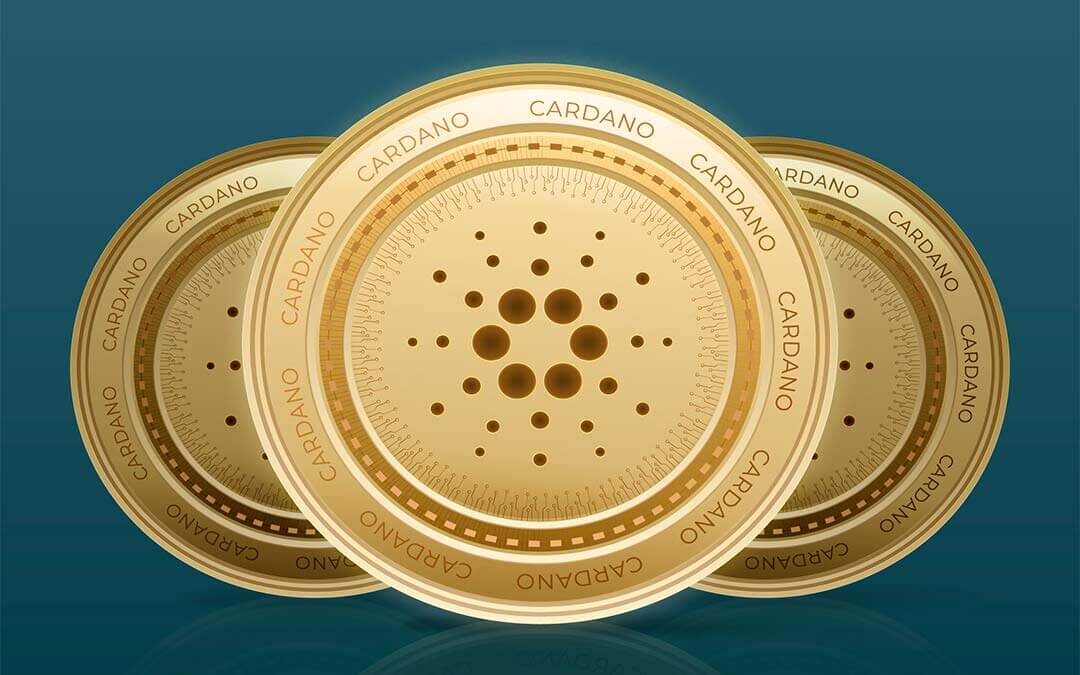Table of Contents
The development of Cardano has reached the stage of the Shelly roadmap, with the evolution of cryptocurrency. In this guide, we will consider what it entails for those who want to invest in Cardano and how the goal of obtaining a 100% decentralized network will be achieved.
What changed in the Shelly phase of the Cardano roadmap: decentralization
The Byron phase ended in the first quarter of 2019, outlining the main characteristics of the Cardano community and the creation of the related token: Ada. The next step of the roadmap is named after the writer Mary Shelly, a crucial moment in the development of Cardano to achieve the final governance goal in the Voltaire phase.
Obtaining the self-sustainability of the network, from the point of view of its functioning and economic support, requires that the management of the blockchain be decentralized. Only in this way will it be possible to obtain a system that reflects Cardano’s idea, with a stable and innovative cryptocurrency. But how to achieve this goal?
How the decentralization of Cardano takes place: the role of the community
The first step in achieving decentralization was to gradually move blockchain activities towards the Cardano community, i.e. allowing a larger number of users to manage individual nodes autonomously, mirroring the pool-of-stake protocol. This means that the transactions will have to be verified directly by the users by becoming an active part in the functioning of the network and in the verification of the individual transactions, with the formation of stake pools.
In this way, the Cardano community will become autonomous in the creation of the individual blocks of the blockchain, verifying the transactions and at the same time maintaining a certain number of Ada tokens on the network, which are essential for the functioning of the system.
During the Shelly phase, the goal is to reach at least 1,000 stake pools to achieve full decentralization and also reduce the load on the blockchain network with lower energy consumption, thus reducing costs and making transactions faster. This process will lead to more user attention investing in Cardano, complementing the governance in the Voltaire phase.
Decentralization goal: what are the tools
The production of blocks of the blockchain through the activity of the community is the first step towards decentralization, but to complete it in the Shelly phase, various other aspects of the Cardano system were also intervened.
1) The pool operators and the delegation system
The proof-of-stake network involves verifying the transactions made, not through mining, but using specific nodes that require a certain number of tokens and user activity. Without functioning and reliable nodes, decentralization cannot be achieved, but those who own a stake pool do not always have the time to manage it.
This is why pool operators were created, i.e. subjects to whom the management of the nodes will be delegated by the users. The delegation provides for the possibility of decentralizing the activities by distributing them on the network, prompting more and more subjects to invest in Cardano, with the possibility of being an integral part of its growth or entrusting the staking pools to others.
2) Incentives as a form of decentralization
To entice the delegation system, incentives have been created, which take the form of receiving a token reward for maintaining the network. The prizes will be aimed at both those who grant the delegation and the pool operators who acquire the rights and therefore become indispensable for decentralizing activities and making the network work.
3) The security of the Ouroboros protocol
Decentralizing the activities of the blockchain towards the community means allowing the Cardano system to grow, but at the same time exposing it to possible errors and risks.
To achieve 100% self-sufficiency of the individual nodes, the Ouroboros proof-of-stake protocol was therefore enhanced, both with the improvement of the version present in the Byron phase and with its evolution which will take the name of Genesis, aimed at increasing the protection of the block chain and to protect the blockchain even against tampering attempts over time.
4) Evolution of the Cardano wallet
Cardano’s team of programmers also intervened in updating some features of the Dedalus wallet. In particular, an important factor for decentralization is the possibility of delegating node operations to pool operators. For this purpose, you are allowed to do this through your wallet. You will have the opportunity to highlight which stake pools are present in the network and any advantages of delivering a proxy to obtain a specific reward.
In addition, the software has been redesigned, starting from the characteristics developed by the IOHK company, enhancing security and improving its performance. The system with the presence of offline and online wallets has been maintained, but simplifying the process of creating paper wallets. It will be possible to remove the keys from the network and take them to offline wallets without errors and in an intuitive way.
Making individual users autonomous in managing wallets is a decisive step towards acquiring the complete decentralization of Cardano, an objective achieved through a series of operations to simplify the use of Dedalus.
- Shorter addresses: recognizing individual transactions by distinguishing their codes is an important aspect of investing in Cardano. The alphanumeric codes of the Cardano blockchain are very long and also similar to each other, making it difficult to be able to identify individual movements. With the Shelly phase, it was possible to make them shorter, to allow all users better management of proxies and operations.
- Visualization of the blockchain: it will be possible to have an intuitive graphic view of the evolution of the Cardano system and the state of decentralization of the blockchain.
- Correction of errors: action has been taken to allow for the correction of any errors that may be made by users in wallet management, thus leading to simplification in wallet recovery and offering greater functionality and execution in blockchain operations.
- Portfolio sharing: in Cardano, it will be possible to share a portfolio among several subjects, with a combined control of the funds. The new design of Dedalus has also simplified the acceptance of operations on this type of portfolio, making them faster and more secure.
5) Dynamic updates
To improve the performance and transaction execution of the blockchain, all networks are continuously modernized with the addition of new codes that replace the old ones. To achieve decentralization, various interventions on the Cardano system are required, which will not take place in a single block, but in a fluid and dynamic way.
This predicts that one group of nodes will continue to maintain older code, while others will be updated. This will not cause any problems in the functioning of the blockchain, thus allowing you to invest in Cardano without interruptions.
6) Peer-to-peer network
A completely decentralized network is characterized by the fact that it is an open system in which it will be possible to generate new nodes by users and to envisage a direct exchange without the need to go through a central server.
The peer-to-peer system, on the one hand, allows complete decentralization, on the other hand, since it does not have firewalls or other forms of access restrictions, it can also be vulnerable. In this perspective, in the Shelly phase, there was a development of the Cardano network which was customized by adding a series of security protocols. Thanks to this system investing in Cardano becomes something accessible to everyone and above all reliable.
7) The Testnet as a Cardano decentralization tool
Finally, to obtain decentralization it is necessary that every single user can independently manage the single node, correcting any errors and verifying its functioning. To this end, the Testnet system present in the Byron phase has been updated and enhanced, offering control over proxies, and the functioning of incentives and allowing the community to act in a completely independent and decentralized manner.
8) Governance in the Voltaire phase
Finally, 100% of decentralization will be obtained with the Voltaire phase in which the development of the Cardano system will be completed with complete self-sustainability of the network.
Support the project
Delegate with Pasta Pool
You may delegate even a small part of your Cardano, every contribution is precious for us.
Select [PASTA] from the staking pool list


